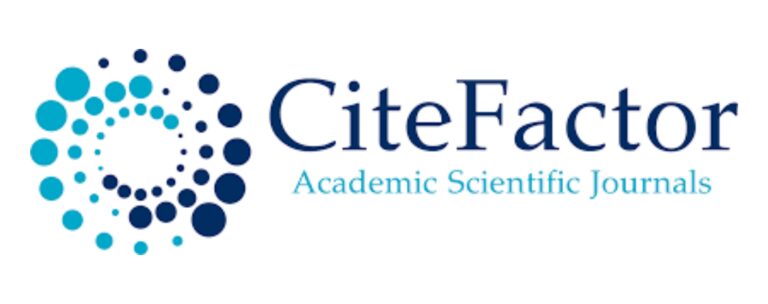NEUTRON WAVELENGTH EFFECTS ON NEUTRON FLUX CROSS – SECTION
Abstract
In this study, a numerical method for correcting neutron scattering cross-sections for fundamental elements in the low-energy neutron range frequently employed in neutron scattering experiments is presented, and a mathematical connection between these variables is established by applying the through experimentation observed power law describing the cross-section-neutron wavelength relationship. The central moment expansion approach is used to get the corrections, which allow cross-sections to be adjusted for typical neutron wavelength distributions found in experiments. Notably, previous knowledge of the functional form of the distribution is not necessary for the suggested technique to work. This makes it possible to reconstruct neutron scattering data more precisely by removing distortions brought about by energy-dependent cross-sections of different elemental materials during measurements. In the end, this invention improves the accuracy of deciphering and evaluating material structures by utilizing their scattering characteristics.
Downloads
References
Carpenter, J. M. & Loong, C.-K. (2015). Elements of Slow-Neutron Scattering: Basics, Techniques, and Applications. Cambridge: Cambridge University Press.
Jaksch, S., Pipich, V. & Frielinghaus, H. (2021). J. Appl. Cryst. 54, 1580–1593.
Lindner, P. & Zemb, T. (2002). Neutron, X-rays and Light. Scattering Methods Applied to Soft
Condensed Matter. Amsterdam: North-Holland.NNDC, (2023). Evaluated Nuclear Data File ((ENDF) Retrieval & Plotting.
















